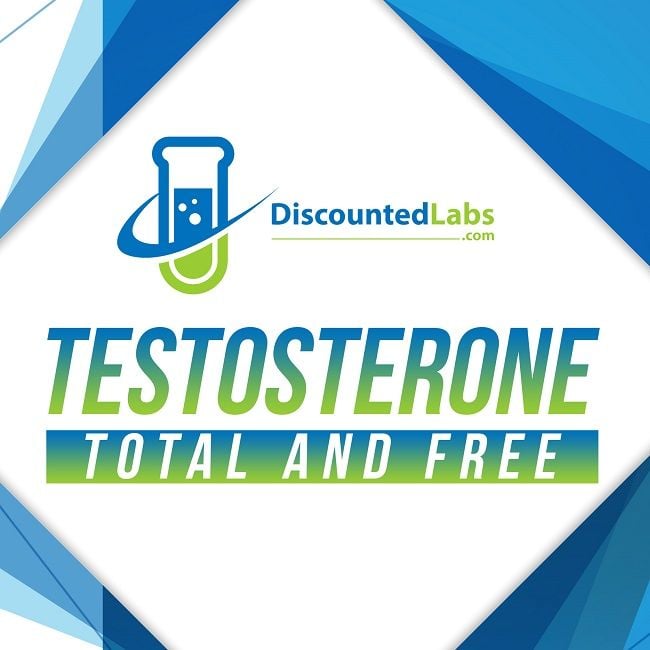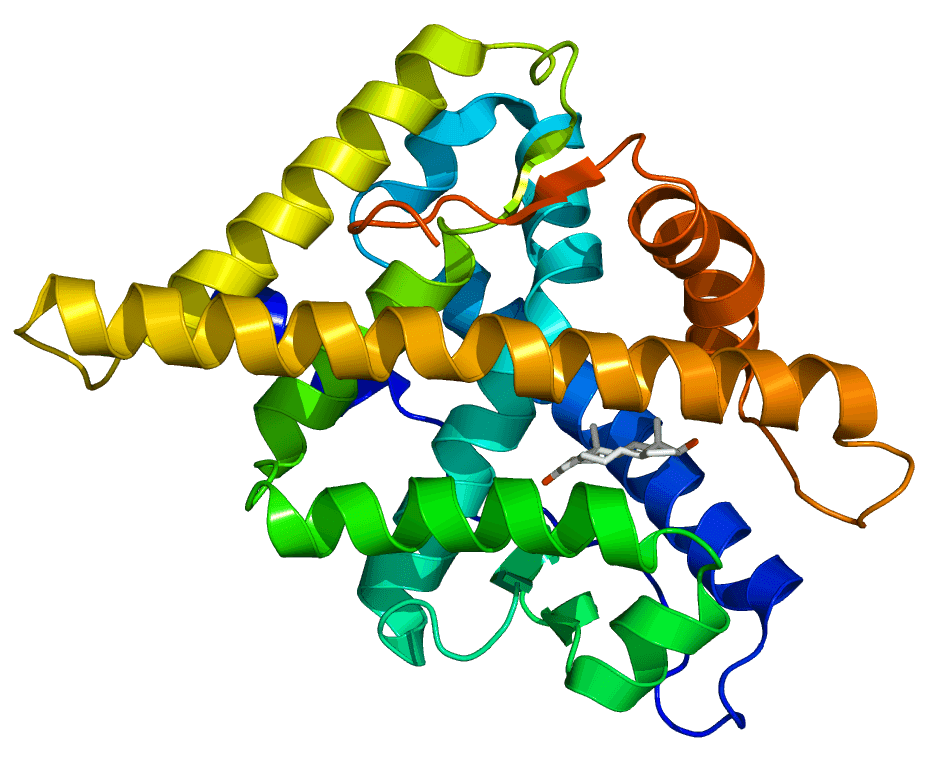T
tareload
Guest
If you use LCMS, no.Does Nandrolone increase total testosterone. For instance, if at 100mg/week T Cypionate my total T is 1,000 ngdL and I add 50mg/week Nandrolone will my total T increase above 1,000 ngdL?
If you use immunoassay, yes (interference).
Does nandrolone increase total testosterone? NO.
Will it interfere with immunoassay result? yes to some degree depending on instrument.
Nelson basically gives away the LCMS/ED TT/FT tests on DiscountedLabs.com via Quest.

Testosterone, Free (Equilibrium Dialysis) and Total, MS - Most Affordable and Accurate Test
Get an affordable and accurate testosterone test results with our Total Testosterone, M and Free (Equilibrium Dialysis) test. Visit DiscountedLabs.com for more information.























